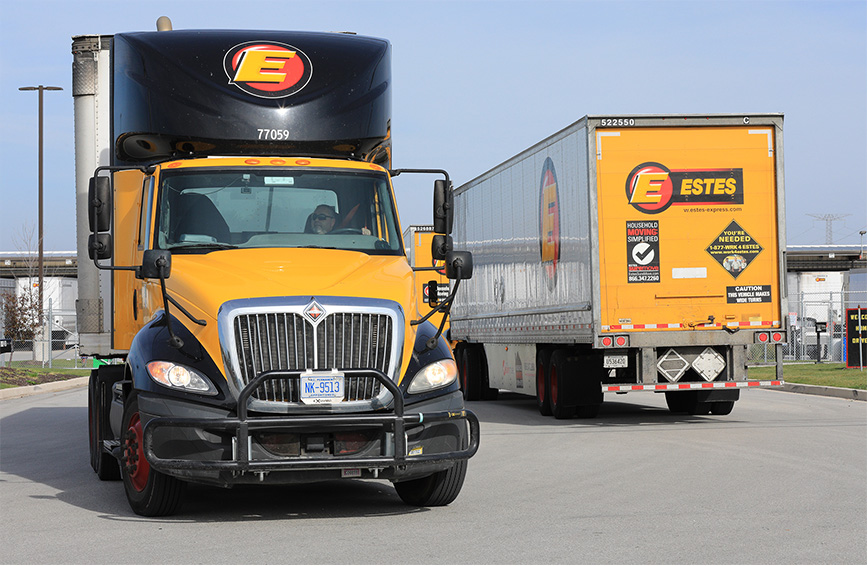Did you know that ransomware attacks often target small and medium sized businesses like trucking companies? In fact, a small trucking company was recently the victim of a ransomware attack when hackers breached their computers and got into the transportation management system.
That's because criminals know that smaller businesses are often too busy to keep up with the kinds of computer protections that are routinely implemented by larger companies. And yet your data is no less important to you–and in fact, a ransomware attack could be more devastating to you than to a larger company. These attacks lock up data and can cripple a business unless a ransom is paid–or if the business was smart enough to protect itself before the attack.
Here are some key steps you should take to protect your trucking company from a ransomware attack:
Train staff to recognize suspicious emails
Your staff is your first line of defense; it's important for them to realize that protecting your company against phishing emails is everyone's job. It's also important to train them on how to recognize and avoid suspicious emails. This article from QuickBooks is a good start, and there are also multiple videos you can share with them.
Scan and filter emails before they reach your users
There are multiple software programs that will scan content and filter emails so that the majority of phishing emails and ransomware scams never actually reach your staff. These systems vary widely in price, but can start as low as $30/month, so don't assume that they're necessarily out of reach for smaller companies.
Make sure your antivirus software is up to date
Your antivirus software can't give you full protection if it's not up to date, so make sure to install the latest updates when you receive those notices. One of the reasons antivirus software is updated is to protect against new types of threats, so don't ignore those updates.
Make a list of your most important data and create an effective backup strategy
One of the best defenses against a ransomware attack is having a good, secure backup of your data so you lose a minimal amount if your system is compromised. A backup will not help you if you're not backing up the right information, or if you're not backing it up frequently enough for it to be useful. It's best to have your data backed up both on the cloud and locally.
Guard passwords across all access points
Hackers don't always rely on email to attack systems; in what's known as a "brute force attack," hackers may access a system by using default password that came with your software, or by guessing common password combinations. Make sure the passwords to all of your software are changed to unique word/number/character combinations, and then are changed periodically after the initial set up. If an employee who had access to a particular system leaves, change the password for everyone's protection.
Apply software patches to keep your systems up to date
Software patches are issued to correct security flaws in software, and it's vital to test and deploy those patches. The famous "WannaCry" ransomware attack that crippled the British healthcare system could have been prevented if the organization had simply installed software patches that had been provided months before.
Work with software vendors that have the experience to protect your systems. Axele has been developed by Optym, a company with decades of experience in developing and protecting software and data.
Small and mid-sized carriers have enough to worry about without being hit by ransomware attacks. Take the time to protect your business.




-2.jpg)